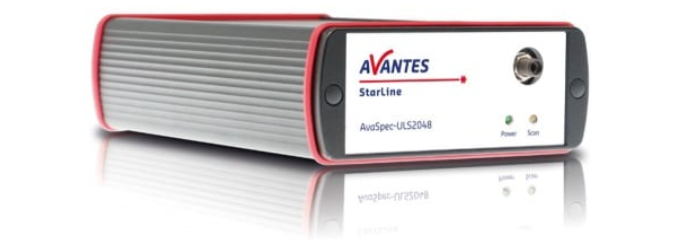Here is a guide to inform you of the factors to consider before purchasing a fiber optic spectrometer.
When doing experiments that require configuration of a spectrometer, the steps of choosing a fiber optic is often overlooked. Different factors are there to be considered before choosing a fiber optic spectrometer. Some of the considerations involve different parts of the cable. Considering factors relating to the diameter of the core and absorption are tackled afterward in this article. First of all, let us take a look at the working principle of fiber optic cables and the techniques it uses to transfer data from one point to the other.
Fiber Optic – What is it?
As others consider it as a ‘light pipe’ a fiber optic cable can be defined as a physical data transmission medium that carries data packages in the form of light signals from one place to the other. The cables guide light through the core in the inner side which is comprised of a spectrum that conducts internal reflection.
Factors to Consider
What are the factors to consider when selecting a fiber optic cable? Here are some of the considerations that should ring in your mind when you are selecting the best cable to use for transmission.
Diameter of the Core
In a fiber optic cable, all the light to be transmitted is collected in the core. This means that the diameter of the core determines the number of light signals that can be transmitted through the cable at a time. However, the larger the core the more sensitive is the cable to electromagnetic noise which may lead to distortion of the data under the transmission. The pixel height of the detector should be the first consideration. The lenses are used to focus the image on the array along the axis without distorting its contents. This leads to light being directed to the pixel hence increasing the sensitivity of the setup.
Absorption
This is also one of the important features you are supposed to consider when choosing a fiber optic cable. In case the fiber absorbs the light, it won’t be detected by the spectrometer. In the manufacturing of the cables, OH ions are doped into the glass using plasma torches which softens the bulbs for easy drawing into fibers. Absorption is created by the presence of these ions which in turn interferes with the measurements of the broadband in the affected region.
However, the ultraviolet spectrum also has severe properties of absorption. Solarization, a photochemical effect in the ultraviolet spectrum causes the absorption. The effect worsens over time as the spectrum is exposed to factors below 290nm. Due to such reasons, you are advised to be keen and pay special attention when selecting a fiber optic cable for a special purpose transmission. An extra tip — it is best if you choose the lowest OH when you are operating the NIR spectra. However, if you work in almost UV spectral length, use standard fiber optics which is commonly referred to as UV fiber. When you choose a fiber optic spectrometer put into consideration the factors named above in order to choose the best one for your needs.

